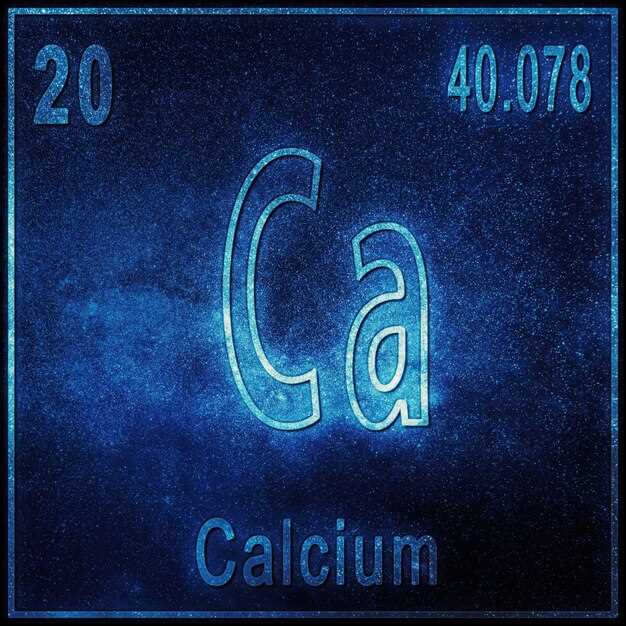
Discover the precise LD50 value of Metformin HCl, a key pharmaceutical compound used in the treatment of diabetes and other conditions.
Metformin HCl has been extensively studied for its effectiveness and safety profile, with LD50 studies providing valuable insights into its toxicity levels.
Learn more about the latest research findings and how Metformin HCl can benefit patients in need of reliable and proven treatment options.
Importance of LD50
The LD50 value is a crucial measure in toxicology as it helps determine the dosage of a substance that is lethal to half of the test subjects. Knowing the LD50 of a compound is essential for assessing its potential risk to human health and the environment.
By understanding the LD50, researchers and regulators can establish safe exposure limits, develop appropriate safety guidelines, and make informed decisions about the use and handling of chemicals. The LD50 value also plays a key role in assessing the toxicity of substances, classifying them into different hazard categories, and guiding risk management strategies.
Methods to Determine LD50
There are several methods used to determine the LD50 of a substance:
1. Experimental Testing:
One of the most common methods is to conduct experiments on animals, such as rats or mice, to determine the lethal dose. The animals are administered varying doses of the substance, and the dose at which 50% of the test subjects die is recorded as the LD50.
2. Extrapolation:
In cases where experimental testing is not feasible or ethical, researchers may use data from similar substances or known toxicological properties to estimate the LD50 of a new substance. This method involves making educated guesses based on existing data.
Overall, determining the LD50 of a substance is crucial for assessing its toxicity and setting safe exposure limits for humans and the environment.
Factors Affecting LD50 Value


Several factors can influence the LD50 value of a substance. Understanding these factors is crucial for accurate determination of toxicity levels.
1. Route of Administration
The method by which a substance enters the body can significantly affect its toxicity. For example, a substance may be more toxic when inhaled compared to when ingested.
2. Species Differences
The LD50 value can vary among different species due to variations in metabolism and sensitivity to the substance. It is essential to consider species-specific factors when evaluating toxicity.
These factors, among others, play a critical role in determining the LD50 value of a substance. By understanding and accounting for these variables, researchers can better assess the potential harm posed by a particular chemical.
Factors Affecting LD50 Value
The LD50 value of a substance can be influenced by a variety of factors. These factors include:
- Species: Different species can have different sensitivities to a substance, leading to variations in LD50 values.
- Age: Younger and older individuals may react differently to the same substance, affecting the LD50 value.
- Sex: Gender differences can play a role in the toxicity of a substance and impact the LD50 value.
- Genetics: Genetic factors can influence how an individual metabolizes and responds to a substance, influencing LD50 values.
- Route of Exposure: The method through which a substance enters the body (e.g., ingestion, inhalation, dermal exposure) can impact its toxicity and the LD50 value.
- Environmental Factors: Environmental conditions such as temperature, humidity, and diet can affect the toxicity of a substance and its LD50 value.
It is essential to consider these factors when interpreting LD50 data to understand the potential toxicity of a substance in different conditions and populations.
Interpretation of LD50 Results
Interpretation of LD50 results is crucial in understanding the toxicity level of a substance. LD50 is the lethal dose at which 50% of the test population is killed. A lower LD50 value indicates higher toxicity, while a higher LD50 value suggests lower toxicity.
When interpreting LD50 results, it is essential to consider the species and strain of the test subjects, as well as the route of administration of the substance. Factors such as age, sex, and health condition of the test subjects can also influence the LD50 value.
It is important to note that LD50 values are determined through experiments on animal models and may not directly translate to humans. However, LD50 data provides valuable information for assessing the potential risks associated with exposure to a substance.
